Audio Extractors: How They Work and When to Use Them

In home entertainment, high-quality audio is just as essential as clear, vibrant visuals — and modern soundbars and AV receivers are excellent at delivering that. Most of these devices connect to TVs through HDMI ARC (Audio Return Channel) or its upgraded, enhanced version, eARC (Enhanced Audio Return Channel), which allow a single HDMI cable to transmit both audio and video signals. This technology simplifies setup while significantly enhancing the overall audio experience.
However, what if your TV doesn’t support ARC or eARC? Or what if your trusted legacy sound system only accepts optical or stereo inputs, and your TV lacks the necessary ports to accommodate them? These are common challenges that can disrupt an otherwise perfect home theater experience. In this article, we’ll be discussing what an HDMI audio extractor is, and why it's the perfect solution to this challenge.
The Challenge: Older TVs and Non-ARC/eARC Equipment
As technology advances, older devices often fall behind in compatibility with newer equipment. Many older TVs don’t support ARC or eARC, making it difficult to connect modern soundbars or AV receivers directly. Additionally, some sound systems might not support ARC or eARC, relying instead on optical or stereo audio inputs. If your TV doesn’t have the necessary audio output, you might find yourself stuck with subpar sound quality or unable to connect your audio equipment at all.
The Solution: HDMI Audio Extractors
While upgrading your TV or sound system might seem like the straightforward solution, a more practical and cost-efficient approach is to use HDMI audio extractors. These devices allow you to continue using older TVs and sound systems, especially if they still offer comparable or even superior video and sound quality to modern units.
Audio extractors are designed to convert HDMI to audio, allowing you to connect the signal to various outputs such as optical, stereo, or even older AV receivers. Simply put, audio extractors let you send video signals directly to your TV while directing the audio to your preferred sound system. They seamlessly connect modern video technology with older or non-compatible audio systems, ensuring you can still enjoy high-quality sound regardless of your equipment’s age or features.
How Do HDMI Audio Extractors Work?
An HDMI audio extractor sits between your HDMI source (such as a Blu-ray player, gaming console, or streaming device) and your display (TV or projector). It extracts the audio signal from the HDMI feed, then routes it to your chosen audio output, whether that’s through an optical cable, a stereo RCA connection, or even a 3.5mm headphone jack.

Depending on the model, audio extractors can support a range of audio formats, from basic stereo to advanced surround sound systems like Dolby Atmos and DTS. They also vary in terms of video support, with some handling resolutions up to 8K, making them suitable for even the most advanced home theaters.
Examples of HDMI Audio Extractors
Not all audio extractors are created equal. Depending on your specific needs, you’ll want to choose an extractor that suits your setup. Below, we’ll look at three popular models from OREI and explore which problems they can solve.
OREI BKA-1
The OREI BKA-1 is designed to support 8K video pass-through and advanced audio formats like Dolby Digital and DTS, making it a versatile choice for high-definition home setups. It offers both Optical and Stereo outputs, ideal for users who need to connect older sound systems that lack HDMI inputs. Like the other OREI models mentioned below, it ensures seamless integration with the latest 8K displays while maintaining compatibility with legacy audio equipment.

OREI BK-929
Similar to the BKA-1, the OREI BK-929 supports 8K video pass-through and high-quality audio formats. What sets the BK-929 apart is its ARC/eARC compatibility, making it an excellent choice for users who want to integrate advanced soundbars and AV receivers. It effectively connects older TVs with newer ARC/eARC sound systems, ensuring you still get high-quality audio even if your TV doesn't natively support ARC/eARC.

OREI BK-927
The OREI BK-927 shares the 8K pass-through capability and support for Dolby and DTS found in both the BKA-1 and BK-929. This model is a practical solution for extracting audio from HDMI sources without sacrificing video quality, particularly when using non-ARC sound systems.It is perfect for AVRs that have an HDMI port and no ARC/eARC.

| Product | 8K Audio Extractor with S/PDIF | 8K Dolby Atmos eARC Audio Extractor | 8K Audio Extractor with ARC/eARC |
|---|---|---|---|
| Image | 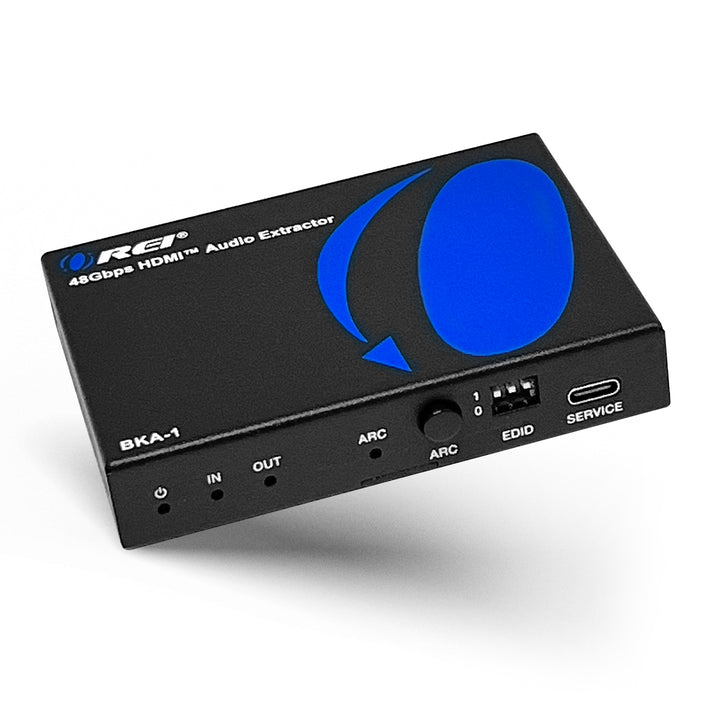 |
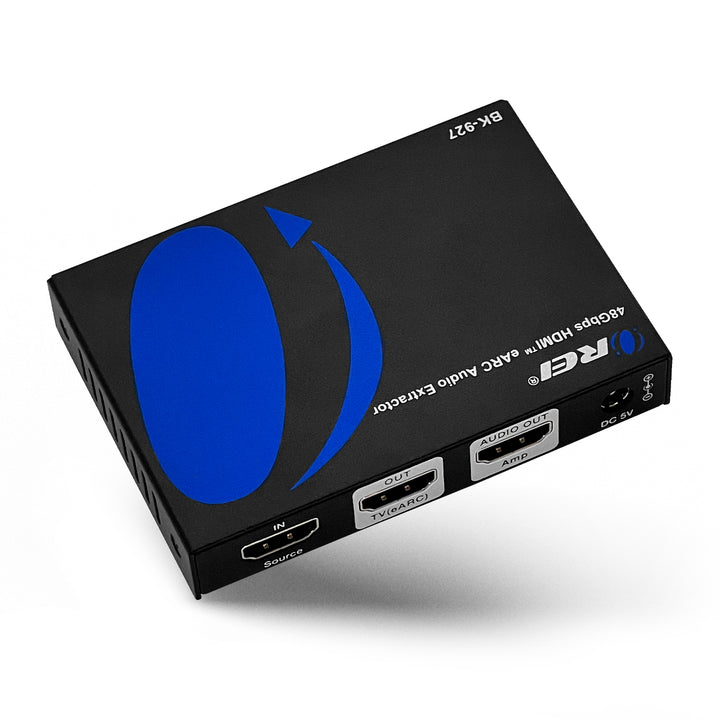 |
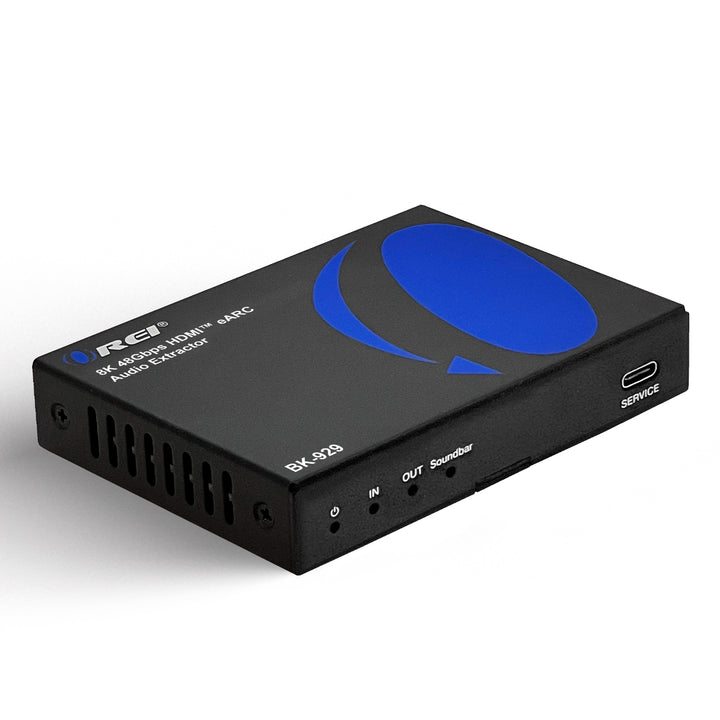 |
| Model | BKA-1 | BK-927 | BK-929 |
| HDMI compliance | HDMI 2.1 | HDMI 2.1 | HDMI 2.1 |
| Input | HDMI (Source) | HDMI (Source) OR eARC/ARC HDMI port on TV | HDMI (Source) |
| Output | HDMI (TV), Optical & Analog L/R (AV Receiver or AMP) | HDMI (TV), HDMI Audio (AV Receiver) | HDMI |
| Resolution | 8K@60Hz, 4K@120Hz | 8K@60Hz, 4K@120Hz | 8K@60Hz, 4K@120Hz |
| Additional features | VRR, ALLM, QMS, QFT, SBTM & EDID | VRR, ALLM, QMS, QFT, SBTM & EDID | VRR, ALLM, QMS, QFT, SBTM |
When Should You Use an HDMI Audio Extractor?
HDMI audio extractors are particularly useful in several scenarios:
Older TVs Without ARC/eARC: If your TV doesn’t support ARC or eARC and you want to connect it to a modern sound system, an audio extractor, like the OREI BK-929, can provide the necessary connections.
Sound Systems Without HDMI Inputs: For soundbars, AV receivers, or stereo systems that lack HDMI inputs, an audio extractor can provide optical or stereo outputs to establish a connection between older and newer technology.
Multiple Audio Outputs: If you need to connect multiple audio devices to a single HDMI source, an audio extractor can split the signal, allowing you to direct the audio to different systems.
Preserving High-Quality Video and Audio: HDMI audio extractors like the OREI BKA-1, BK-929, and BK-927, ensure that you can enjoy the highest quality video and audio, even if your devices are not fully compatible with each other.
Optimize Your Home Entertainment Setup
HDMI audio extractors are a game-changer when it comes to upgrading your home entertainment system without the need for costly new equipment. By carefully selecting the right HDMI audio extractor for your setup, such as the OREI BKA-1, BK-929, or BK-927, you can ensure that your older devices work seamlessly with modern technology, delivering both a superior video and audio experience.
Don’t let outdated ports or lack of ARC/eARC compatibility limit your entertainment. HDMI audio extractors allow you to revitalize your existing equipment, bringing you the immersive sound quality you’ve been missing.
Ready to upgrade your home theater experience? Browse our range of HDMI audio extractors and find the perfect solution to meet your needs.
For more insights on enhancing your home entertainment setup, check out our other blog posts for quick and easy solutions


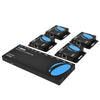


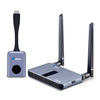

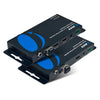
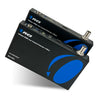



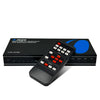

















Comments
Paul Greenwood said:
After much research , I found the product Orei Switch with Audio extraction , the BK – 21A , perhaps now discontinued , so I purchased it in time !! My Cable TV Box , which provides HDMI video content , and Dolby 5.1 audio through an optional cable to my Hi Fi receiver had crashed . Of course the replacement is a New Technology product , and now sends TV signal through WiFi internet , to a TV mini box which connects to video via HDMI cable . No optical audio port to go to my Hi Fi receiver !!
Your BK – 21A is a life saver !! With the audio extractor providing an Optical Audio port !! The two inputs to one output ( to TV ) also help consolidate my TV and Steaming App into one place !!
All connected , the BK – 21A provides the perfect solution , Great Video and Audio !! My older TV and Receiver working as well as any New Product set up !!
Way to Go Orei !!!!
⭐️⭐️⭐️⭐️⭐️
👍🏻👍🏻👍🏻👍🏻👍🏻
Paul Greenwood